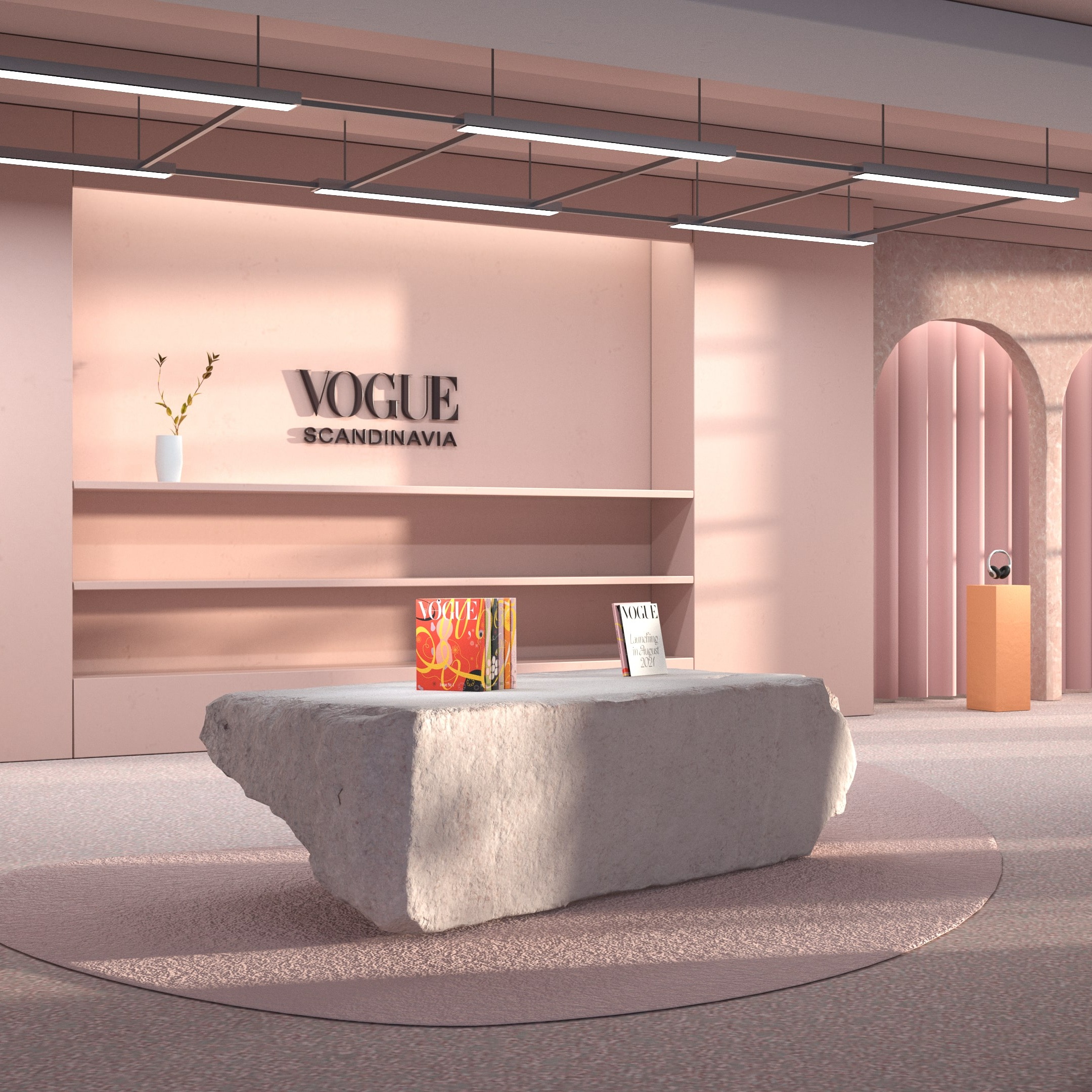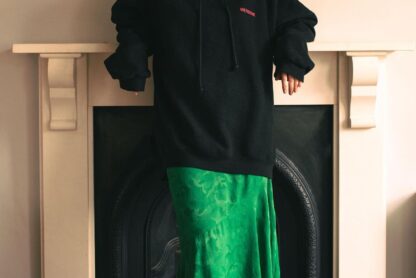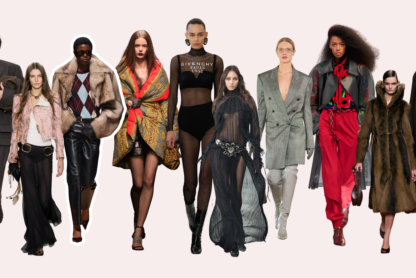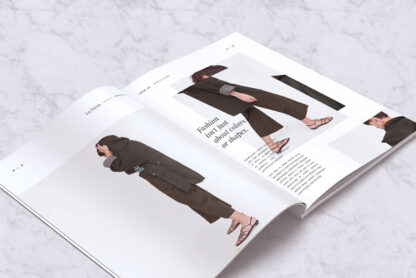Giant changes have rocked the publishing industry since the first issue of Vogue came out in 1892.
Among the most significant and impact factors, we certainly find the Internet and the introduction of smartphones. The rise of digital content and online magazines has forever upset the business model based on print advertising, with advertisers increasingly moving towards influencers and online marketing and readers who prefer to consume editorial content from their smartphones.
As of 2020, the phone is the most used platform for consuming magazine brands in the UK. Over half of British adults claim they access their favorite magazines via their phone, compared to 38 percent that read print magazines at least monthly.(Statista)
The consequences of the Internet, digital platforms and devices have impacted not only the way readers consume content, but also their mentality. The fashion reader today is not only digital, but is exposed to a huge quantity of information every day and always more and more conscious and mindful of social issues.
Fashion magazines are made to make people dream and share the glamour, but yet still considering what is happening in the world and providing a more realistic representation of our society. We saw it during the pandemic when doctors and nurses appeared on the covers of top fashion magazines.
Another example of how fashion magazines are much more than just beautiful editorials and fashion images, is the initiative of the 28th edition of the Vogue title collection. Vogue Scandinavia, which will be launched in August 2021, is born with a revolutionary and totally new idea to sell its issues. In fact, it will be possible to purchase the print and digital edition exclusively from their digital flagship store designed to minimize waste, eliminate deadstock and produce print editions to meet reader demand, thus making the magazine as environmentally friendly as possible. It is indisputable that sustainability is more and more one of the top themes at the center of the entire fashion industry. The print edition and its packaging are made of wood fiber and aim to be completely carbon neutral, offsetting residual emissions and using energy efficient production.
With the multimillion-dollar losses due to the decline in print advertising revenue, the publishing giants have had to reorganize themselves by ceasing the print editions of many issues. In 2016, InStyle, which was selling 100,000 copies a month, announced the end of the print edition, followed by Teen Vogue and Glamor moving away from print with plans to publish occasional special print issues. In 2019 Marie Claire UK also announced the stop of the print edition. The Condè Nast group has in fact closed several printed publications, thus focusing on leading titles such as Vogue and Vanity Fair. Salaries and offices have been reduced as well. The famous offices of the Condè Nast group in New York which boast among the most beautiful views of the city with offices at One World Trade Center, already in 2018 for multimillion-dollar losses rented 6 of its 23 floors and now they seem to be even looking for a new headquarters.
Print magazine advertising has been driving the fashion magazine business for decades, but the publishing industry has to come to grips with reality and explore new business models as print media has less and less power and the curve is still downhill for the future.
Relying on online advertising alone is not as profitable as print advertising, plus there is a lot of competition, so publishing brands are looking for business solutions that make them independent from advertising deals alone. New options include events, merchandising, e-commerce, and even brick-and-mortar stores.
The Vogue Forces of Fashion Conference will be held next week (still online for the pandemic. Tickets on sale for the offline editions go up to 3,000$).
In May, British Vogue held 5 days of Vogue Beauty a series of interactive digital masterclasses with Vogue editors and experts in the beauty sector.
Vogue Spain launched its first clothing collection in June, with a series of garments with different interpretations of the Vogue logo. Vogue’s Spanish collection follows other international roll outs of the clothing line, including the one for British Vogue, Vogue Paris, Vogue Italia and Vogue Germany.
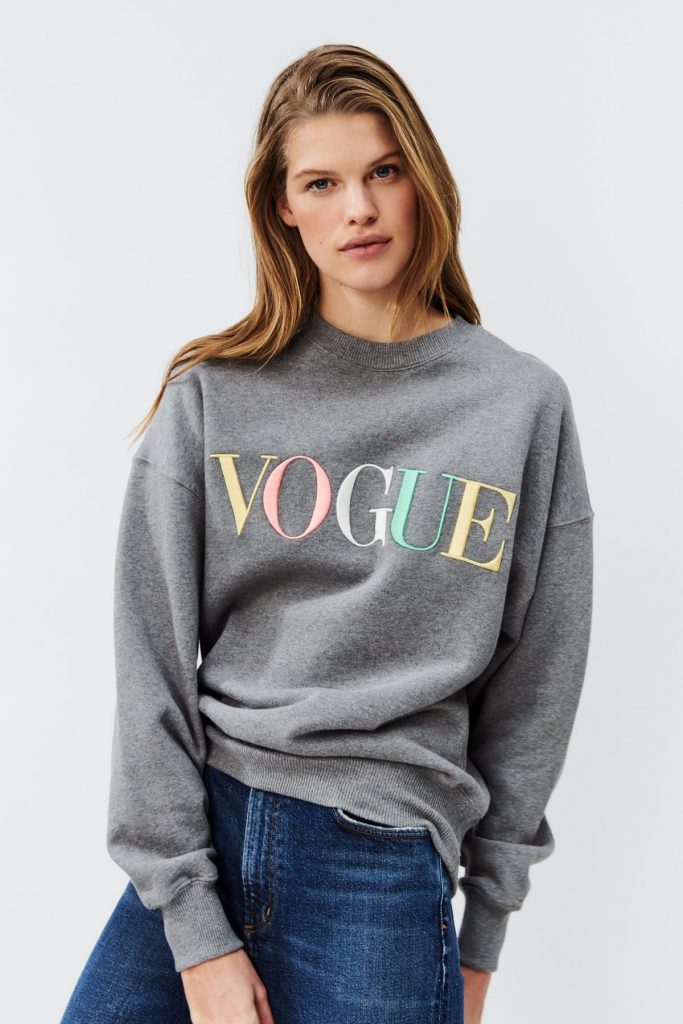
Marie Claire UK recently launched the Marie Claire Beauty Edit preceded by The Edit , the Fashion version the ecommerce platform where readers can buy clothes and now also beauty products directly from the magazine website with a selection made by the editors.
Allure the beauty magazine founded in 1991 in New York, will open its first store today.

Located on the corner of Broome and Lafayette in Soho, the Allure store will open with 270 products from 170 exclusively editor-approved brands, including Bobbi Brown, Neutrogena, Live Tinted, La Roche-Posay and Dermalogica. The Allure store is also something of a physical extension of the magazine’s subscription beauty box, launched in 2012 that offers readers a mix of six full-size and sample products to try each month.
Between events, merchandise, subscriptions, ecommerce and physical stores, the publishing sector is now far beyond advertising, thus taking a much more interesting direction involving various professionals and systems that go beyond fashion editors and writing articles. An interesting point to consider also for those who are looking for a job in fashion and are fascinated by fashion magazines. Working for a fashion magazine has never been just about writing articles, but now, more than ever, the career options that can be explored within the publishing industry range from different departments.
Want to learn more about the fashion industry? Check out the online course Inside the fashion Industry: Understanding fashion from its history to today’s world




